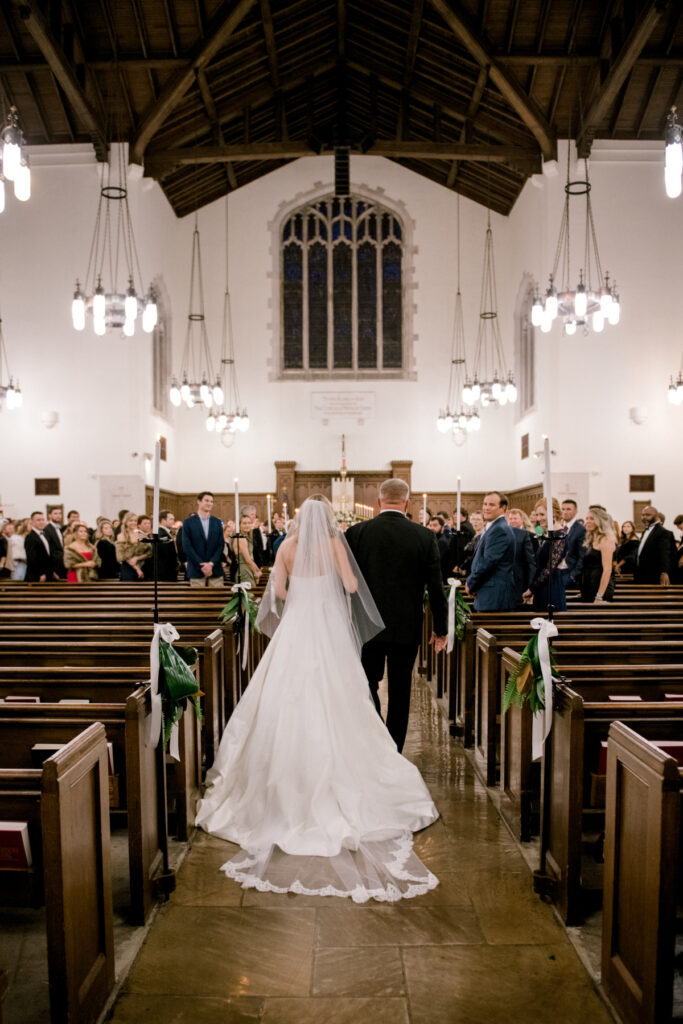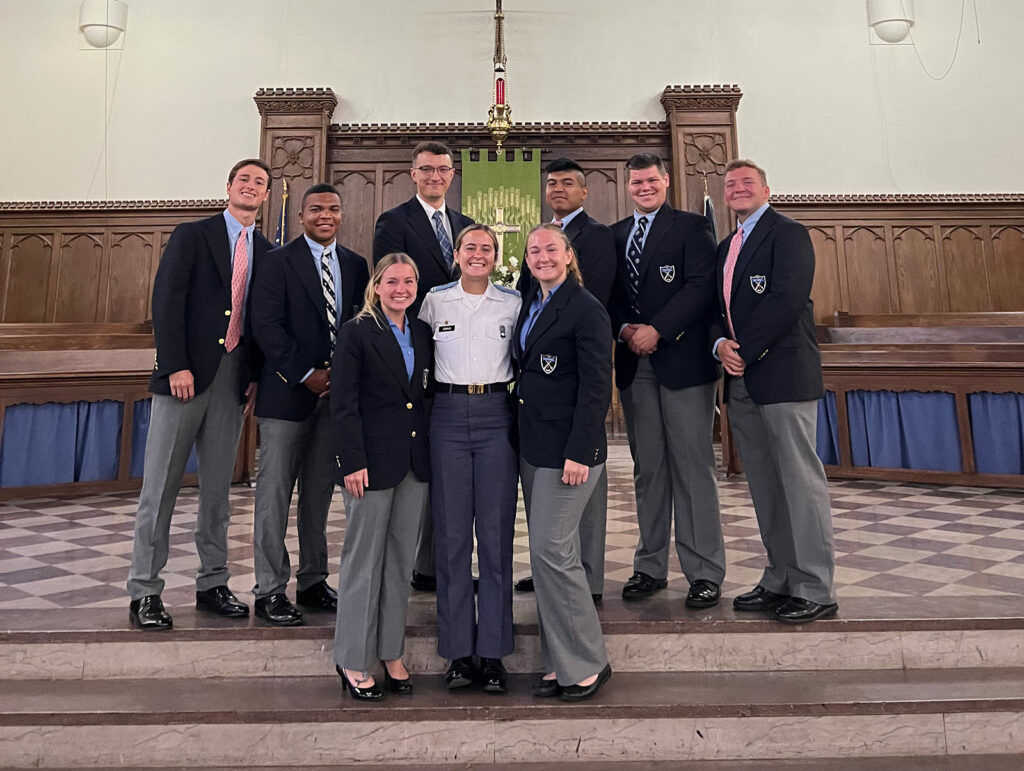About The Citadel Summerall Chapel
Advocating for religious expression
Our office is dedicated to serving students, faculty, and staff by advocating for religious expression, offering counseling and support services, hosting faith-based programs, and supporting 20 Campus Ministries.
There are many ways Cadets, families, alumni, employees and community members can get involved with at Summerall Chapel. All are welcome to attend our weekly worship services and join us for special events throughout the year like Holy Week services and our outstanding Christmas Candlelight service.
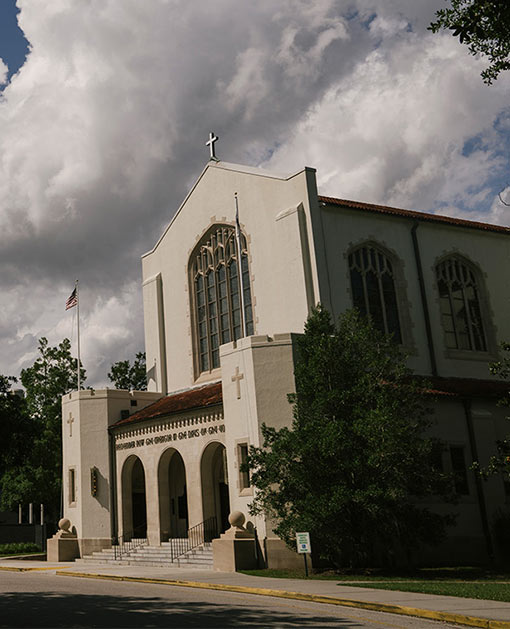
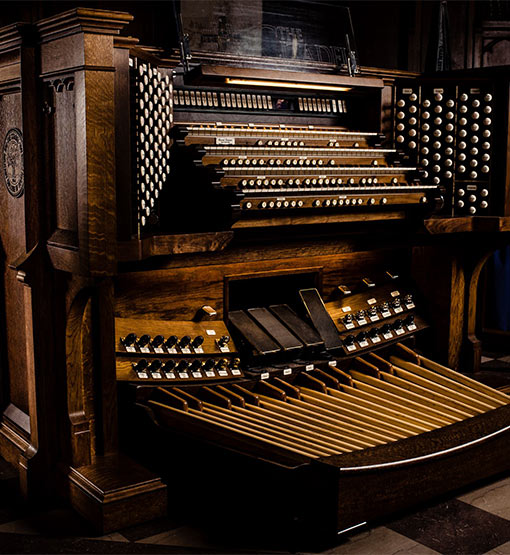
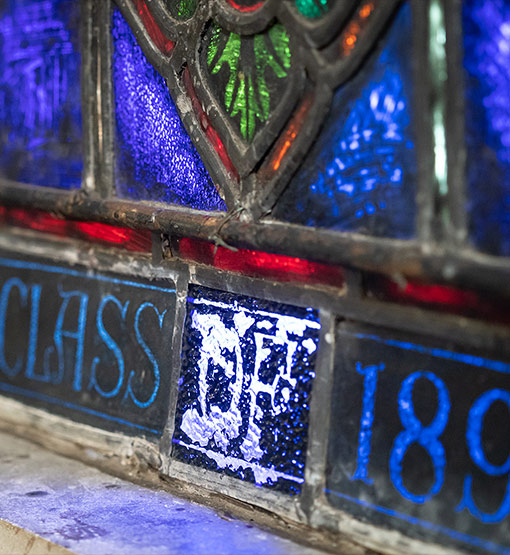
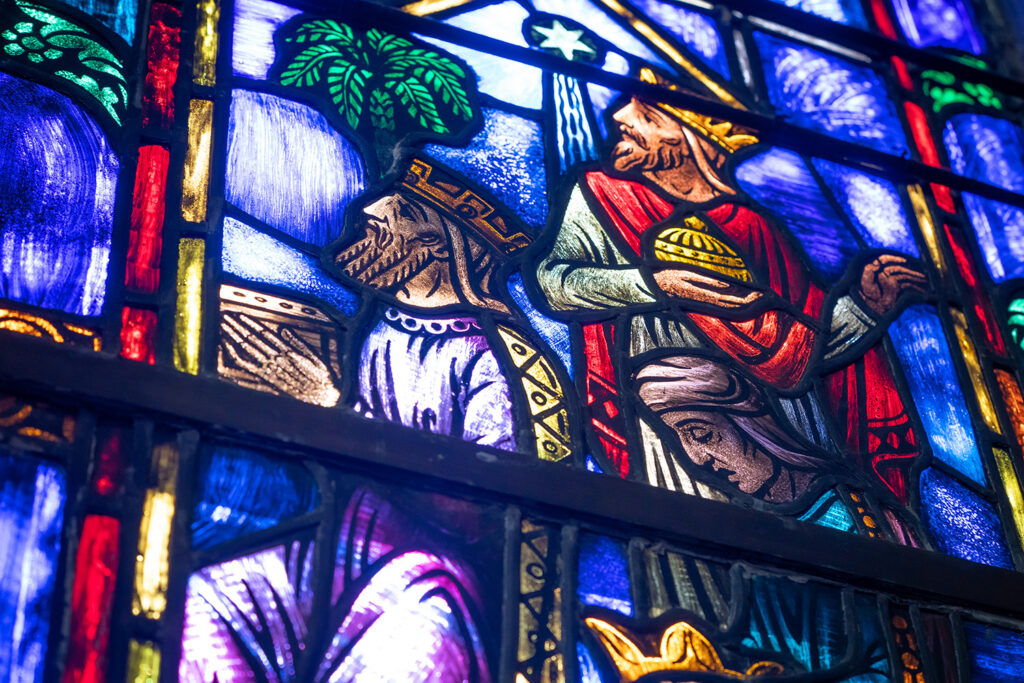
Stained Glass Windows Restoration Project
Few spaces on campus are as iconic as Summerall Chapel. Throughout the decades, students have found it to be a place of calm, quiet, and rest in the midst of a challenging environment.
Today, at over 80 years old, the beautiful stained-glass windows are showing their age and starting to fall apart. They are in dire need of repair and restoration. Click below to learn more and support this work so that Summerall Chapel can continue to be a place of ministry for years to come!

